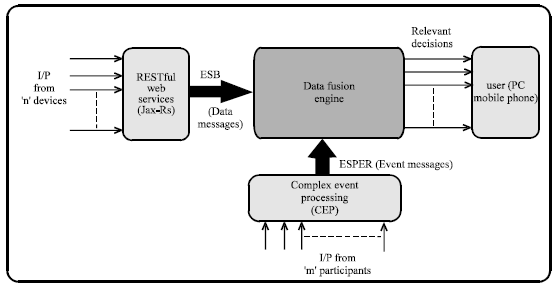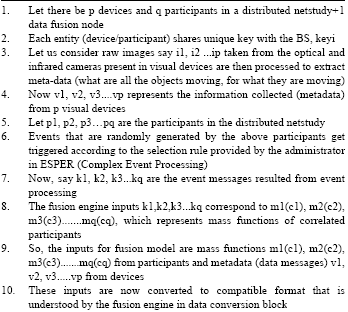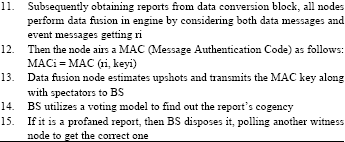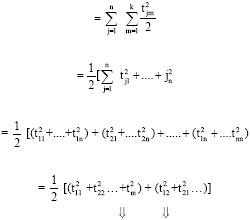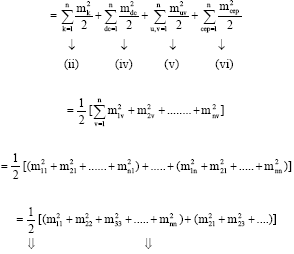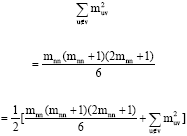Research Article
A New Approach for Enabling Context-Awareness Towards People-centric and Smarter Applications
School of Computing, SASTRA University, 613401, India
Pethuru Raj
Infrastructure Architect, Global Cloud Center of Excellence, IBM India, 560045, Bangalore, India
V. Vaithiyanathan
School of Computing, SASTRA University, 613401, India
Rengarajan Amirtharajan
School of Electrical and Electronics Engineering, SASTRA University, 613401, India









